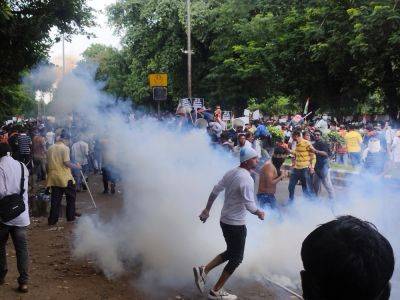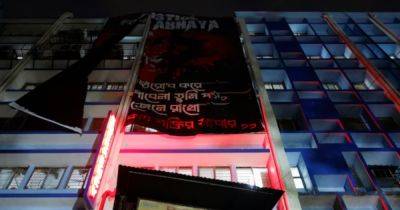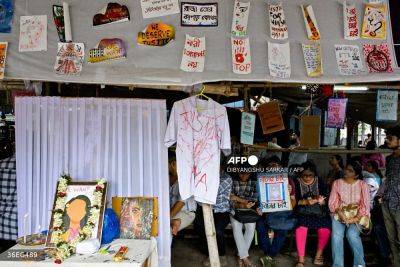India’s rape-murder case sparks calls for more women protection, strong policing
The tragedy has drawn comparisons with the infamous Nirbhaya case in 2012 when a 23-year-old woman was brutally gang-raped and murdered in a bus in Delhi, which led to widespread outrage and legal reforms.
However, campaigners point out that sexual crimes remain alarmingly common in India despite tougher laws, with significant gaps in enforcement and protection for vulnerable women particularly those from rural and underprivileged backgrounds.
Outrage over the 31-year-old doctor’s death on August 9 has fuelled nationwide protests and a week-long national strike by the Indian Medical Association that ended last week.
The doctor was found murdered in a hall of the hospital she was working at, with reports suggesting she had likely gone there to take a break after a long shift. Authorities have arrested a police volunteer for the crime and federal police have assumed control of the investigation.
In the wake of the horrific attack, doctors have demanded improved duty rooms, better security and for hospitals to be declared “safe zones” where on-duty staff can feel protected.
Campaigners note that such cases continue to be common despite legal reforms to combat sexual crimes.
“We see cases like these and get calls on our helpline every single day,” said Yogita Bhayana, an activist with the People Against Rapes in India (PARI) organisation.
The scale of the problem is evident from official data. In 2012, India’s National Crime Records Bureau (NCRB) showed police recorded around 25,000 rape cases nationwide. The latest NCRB data from 2022 shows the number jumped to over 31,000 reported cases despite tougher laws implemented after the Nirbhaya case.
The 2022 number translates to a rate of about 1.8 rapes per 100,000 people in India.







